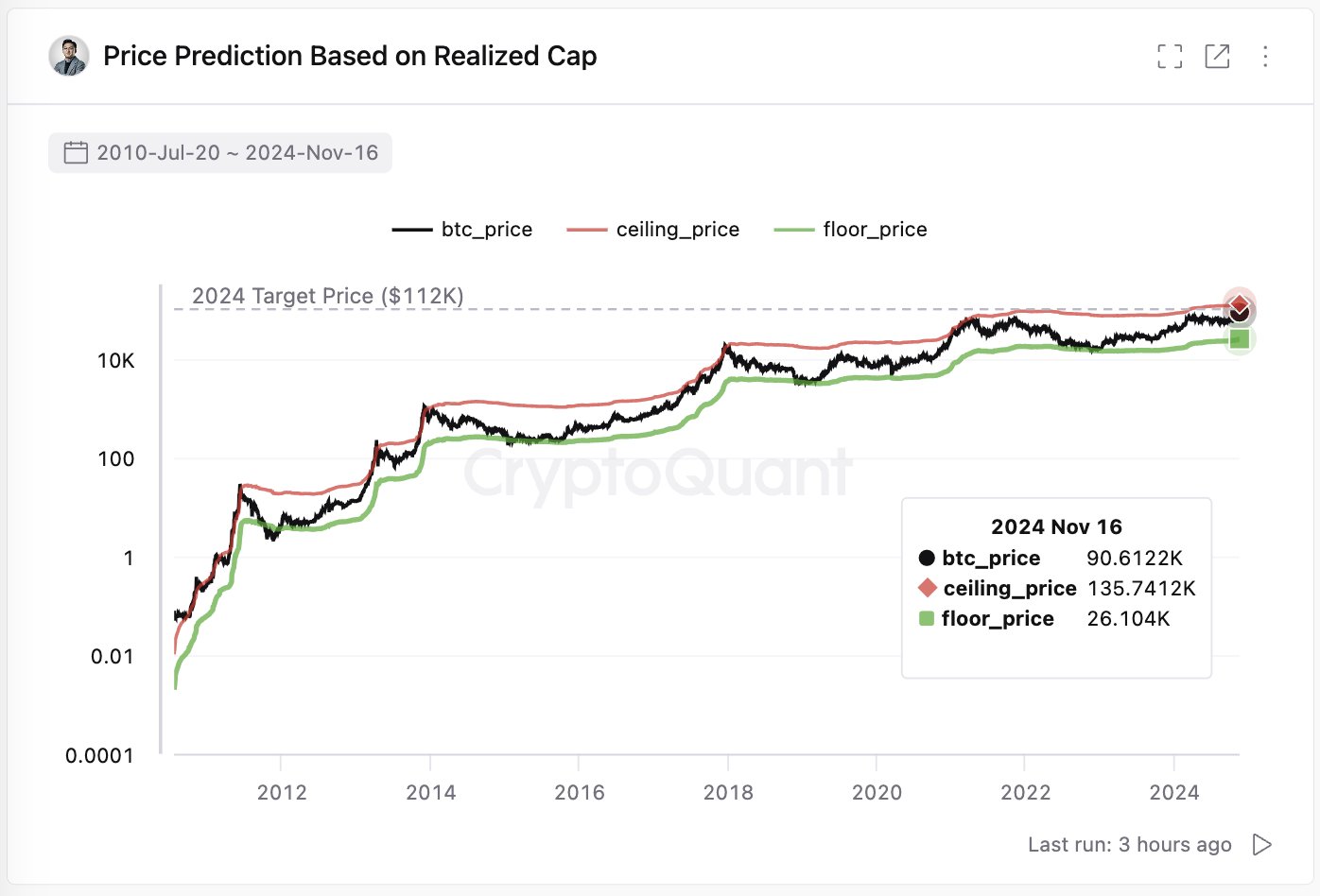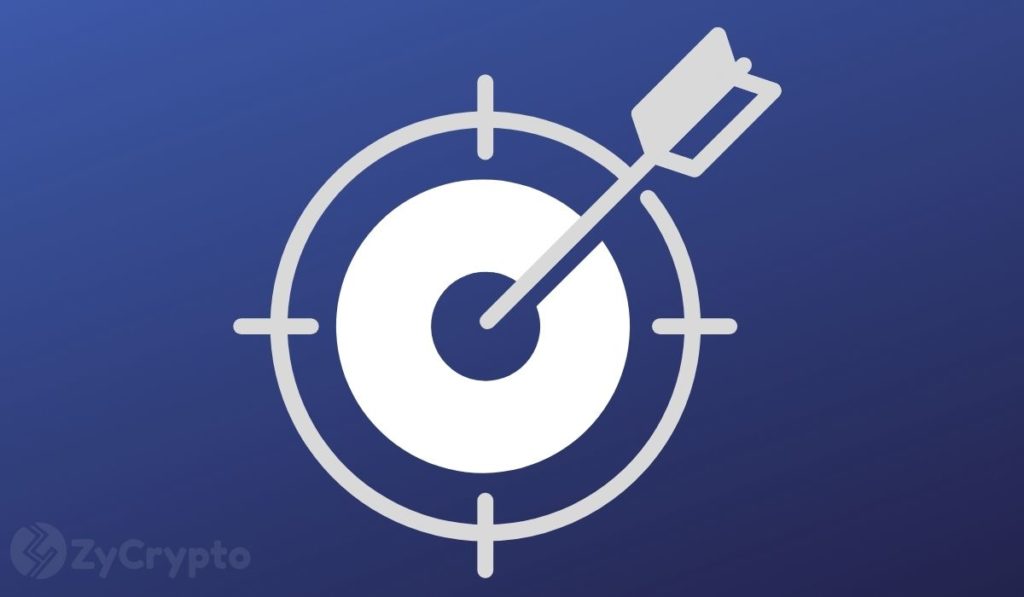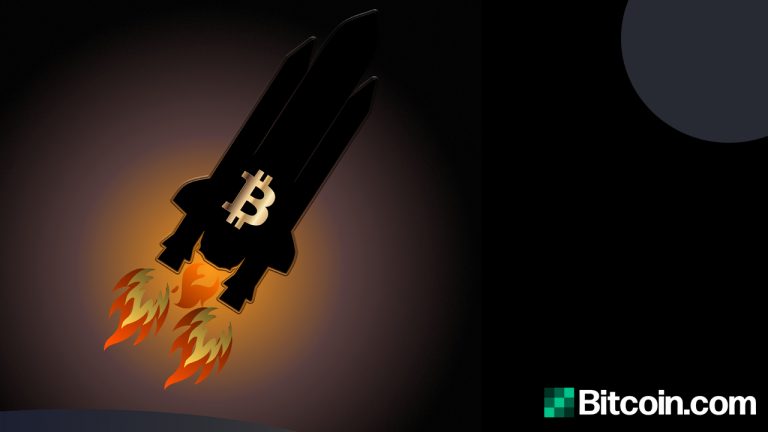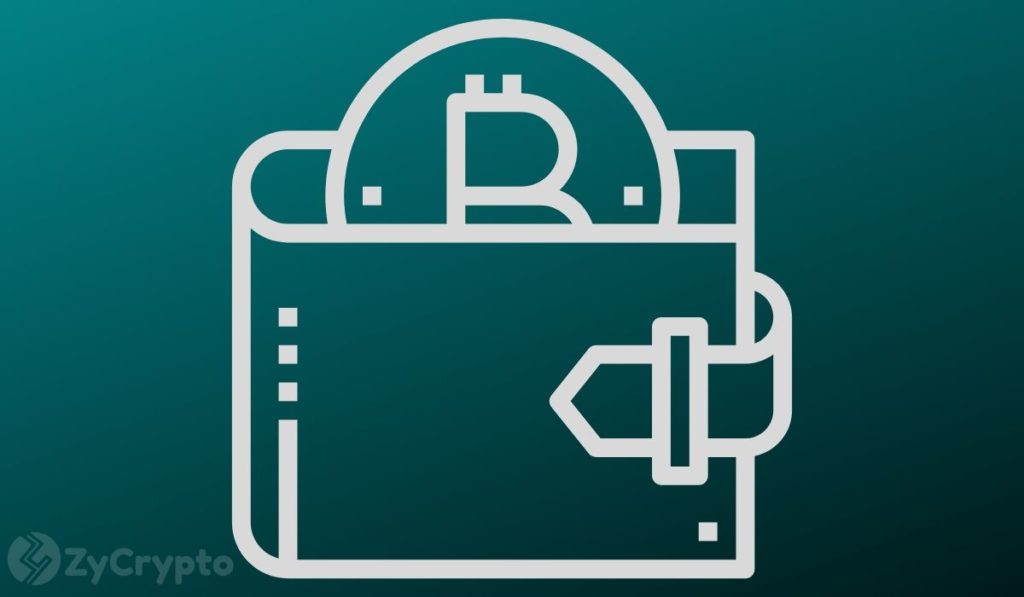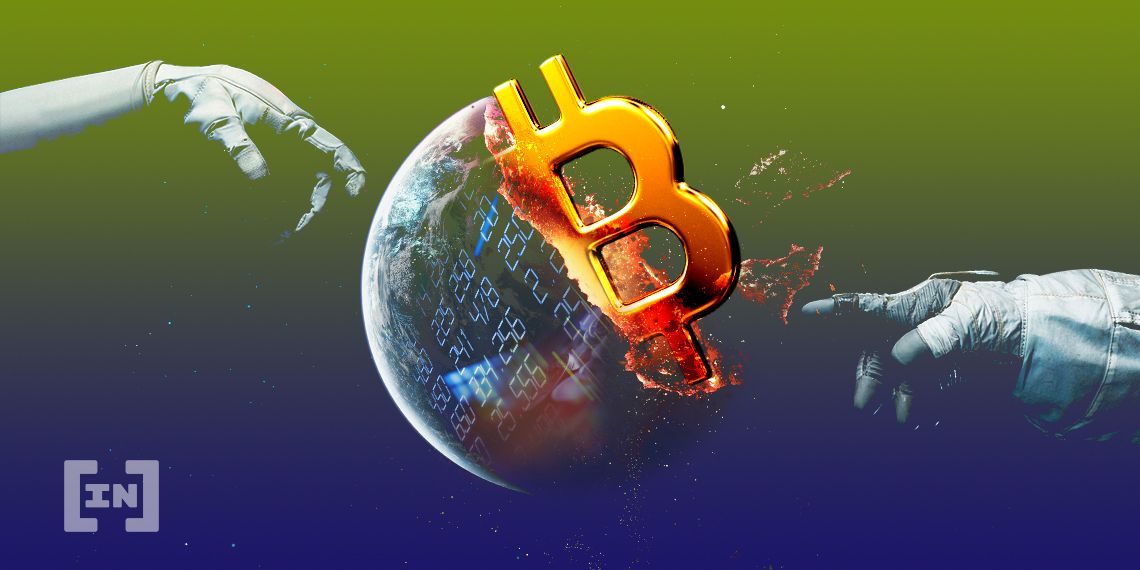
2020-4-13 20:10 |
The Stock-to-Flow (S2F) model for predicting the price of Bitcoin has seen strong support among the BTC faithful. The model offers a price prediction of over $100,000 by 2021.
However, some analysts suggest that the model’s use is out of place with Bitcoin. Instead, they argue that there is no increasing supply of Bitcoin, and therefore the model cannot account for market movements.
Why S2F has been misapplied in Bitcoin, in mathematical terms:
By using S2F and by restricting ‘flow’ to merely rewards, you are saying Bitcoin supply is an integral function (of changes in supply over time).
But asymptotically changes are zero. There’s nothing to integrate. https://t.co/dK9XpcJTxV
— Hugo Nguyen (@hugohanoi) April 12, 2020
One such analyst, Twitter user Hugo Nguyen, considered the statements by Coinmetrics founder Nic Carter.
Just No Flow for BitcoinThe premise of the S2F model is that flow of a commodity — that is, its production rate or supply — affects price just as much as consumption of the existing stock. In other words, supply and demand are both factors for price movement.
However, according to Carter’s analysis, the flow of Bitcoin is effectively zero. This consideration is based on the assumption that all Bitcoin miners and users understand that Bitcoin has a fixed supply of 21 million BTC.
As such, no one will see an increasing ‘supply’ of Bitcoin. Instead, Bitcoin is released, much like stock vesting, but not created in the same sense of other commodities.
According to Carter: “In my book, all 21m bitcoins were created at inception, and then progressively released over time. I think of it as a stock with allocated but unvested shares.”
With this definition in mind, Bitcoin’s supply is a fixed number, leaving demand as the only possible market determiner. This would indicate that Bitcoin’s monetary inflation rate is zero — a radical notion for any currency.
Meaningless Halving?If Carter’s analysis is accurate, the upcoming halving, and all halvings before and after, are effectively meaningless events. Consensus on the network of a fixed supply means that the vesting of that supply by miners has no final effect on the price of any existing Bitcoin.
What’s more, the current halving is small by comparison. More than 86% of all supply has already been mined (over 18.3 million BTC). Changing the miner reward by half does reduce the speed of vesting but in a very small way.
With such a small change, the effects of the halving are more related to miners than to monetary supply and demand. The event will certainly increase pressure on miners who will have to evaluate cost-benefits to continue production.
If Carter’s analysis is correct, the supply of Bitcoin is a fixed number, and the halving will have little effect on price. Instead, investors should focus on changes in demand to determine price movement, such as shifts away from fiat currencies during the COVID-19 crisis.
The post Stock-to-Flow Model Faulty for Price Prediction, Says Bitcoin Analyst appeared first on BeInCrypto.
origin »Bitcoin (BTC) на Currencies.ru
|
|
